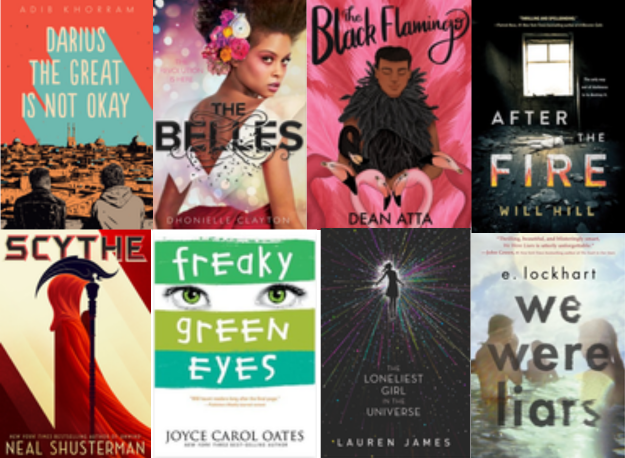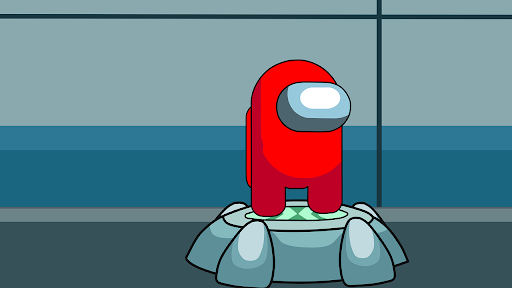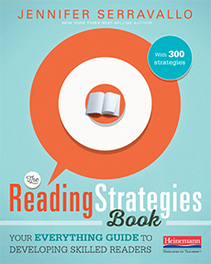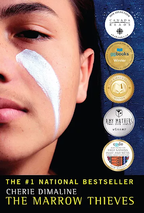Reading for Pleasure During #YApril
Spring has sprung and we’ve been reading new and old YA favourites for #YApril! After all, what better way to enjoy those longer daytime rays and warmer temperatures than with a stack of page-turning YA reads? To get you started on your next TBR pile, here’s a short list of some of the best and brightest from #YApril. Here are our top 8 picks.





